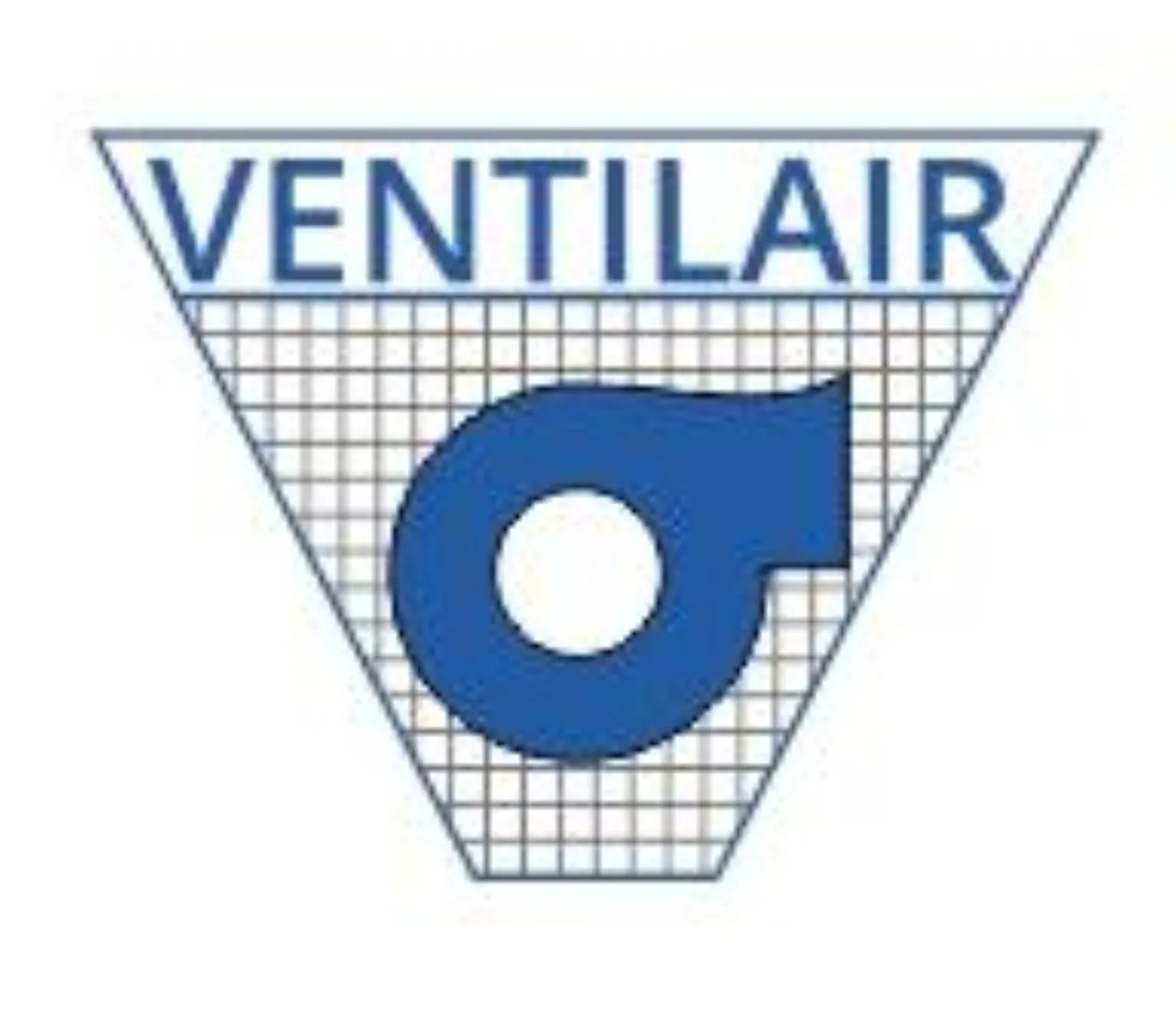Axial Flow Fans Manufacturer
Ventilair India Private Limited is a leading manufacturer and supplier of Axial Flow Fans in India. We specialize in delivering industrial axial flow fans designed for optimal ventilation and air circulation. Our high volume axial fan are known for their energy-efficient performance, making them ideal for a wide range of applications.
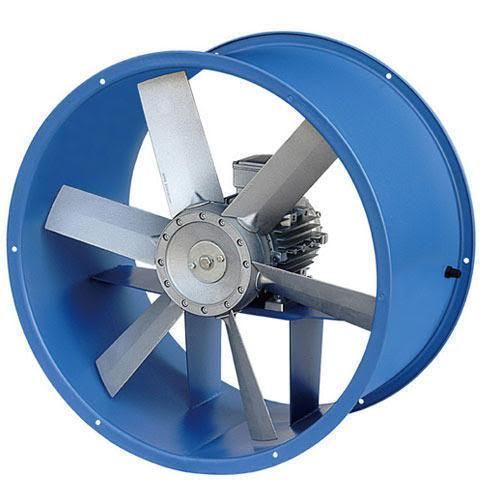
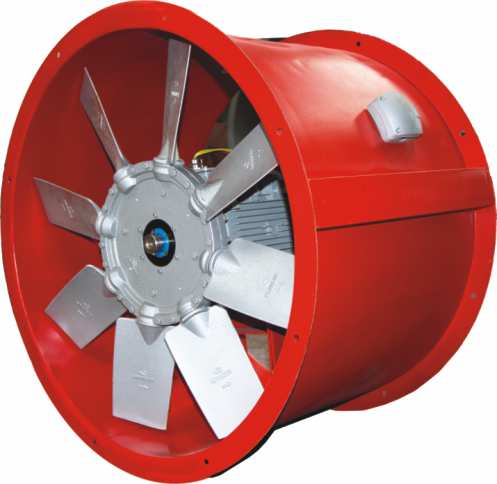
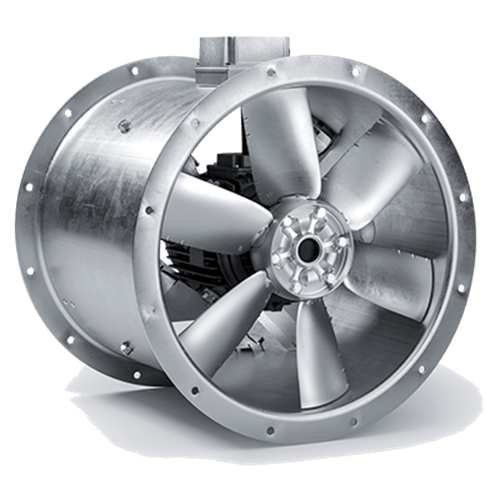
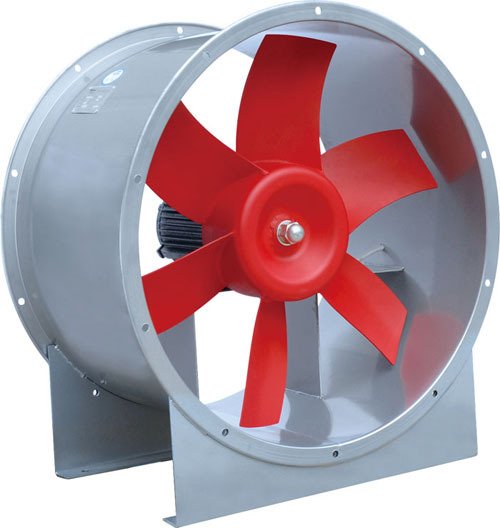
| Size | 24 Inch |
| Power | 1 Hp |
| Usage | Industrial |
| Electric Current Type | DC |
| Mounting | Duct Fan |
| Brand | Ventilair India Private Limited |
| Fan Speed | 2800 RPM |
| Minimum Quantity | 01 |
Frequently Asked Questions (FAQs):
What is an axial flow fan, and how does it work?
An axial flow fan is a type of industrial fan that moves air or gas in a direction parallel to the fan’s axis of rotation. It typically consists of a set of blades mounted on a hub and is driven by an electric motor. When the blades rotate, they create a flow of air parallel to the shaft of the fan, generating airflow.
What are the common applications of axial flow fans?
- Ventilation and HVAC systems in buildings
- Cooling towers for industrial processes
- Air-cooled heat exchangers
- Radiators in vehicles
- Agricultural and greenhouse ventilation
- Aerospace and aviation for engine cooling
How is the airflow capacity of an axial flow fan measured?
The airflow capacity of an axial flow fan is typically measured in cubic feet per minute (CFM) or cubic meters per hour (m³/h). It represents the volume of air that the fan can move in a given time.
What factors affect the performance of an axial flow fan?
- Blade design and pitch
- Fan speed (RPM)
- Air density and temperature
- Static pressure and total pressure requirements
- Blade material and design
How are axial flow fans controlled for speed and operation?
- Variable Frequency Drives (VFDs): VFDs allow for precise control of the fan speed and can vary the motor’s frequency and voltage.
- Inlet Guide Vanes (IGVs): IGVs are adjustable vanes at the fan inlet that control airflow and pressure by changing the angle of the blades.
- Multi-speed Motors: Some fans have multiple-speed motors that can be switched to different speed settings.
What are the maintenance requirements for axial flow fans?
- Regular cleaning of blades and fan components to prevent dust and debris buildup.
- Checking and tightening of belts, bolts, and connections.
- Lubricating bearings and other moving parts as recommended by the manufacturer.
- Inspecting and replacing damaged or worn-out components.

